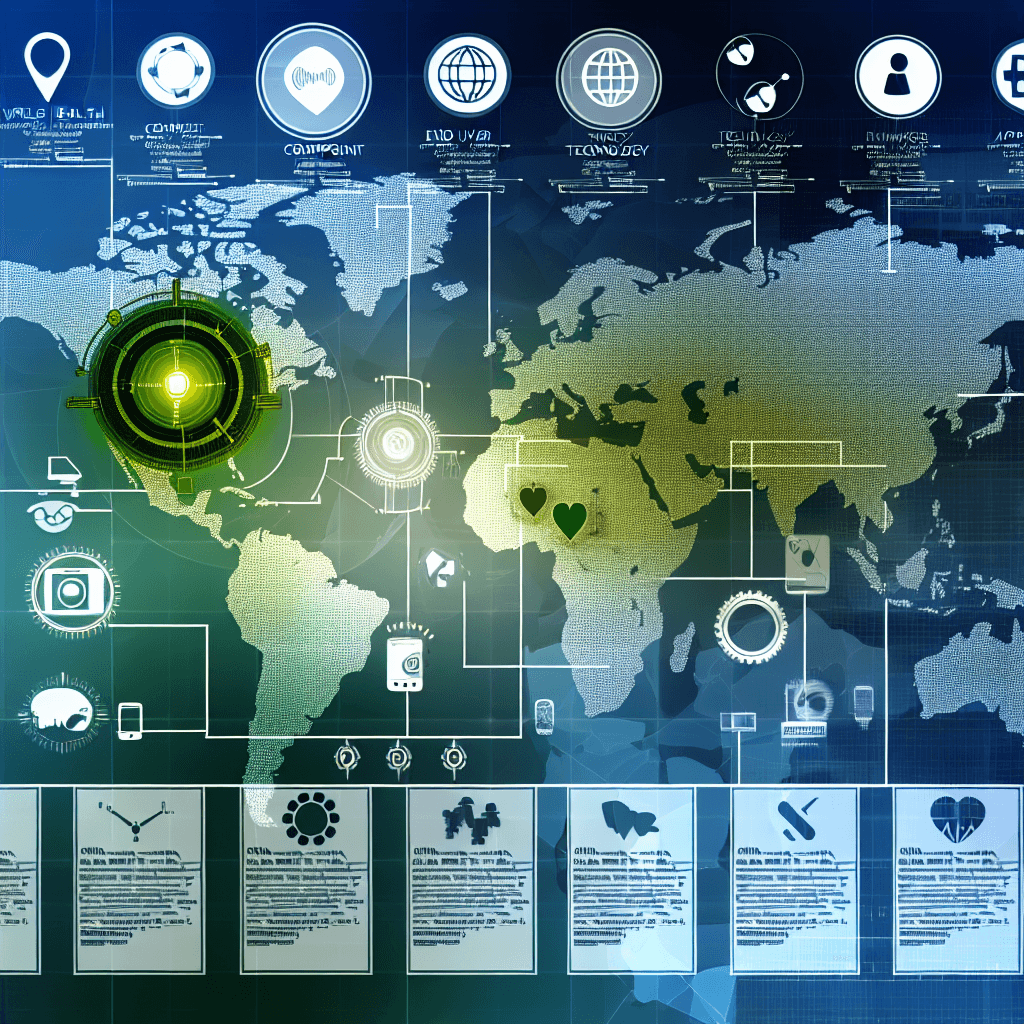Explore the global wireless health market size by component, end user, technology, application, and geography. Forecast trends and insights.
Global Wireless Health Market Size By Component, By End User, By Technology, By Application, By Geographic Scope And Forecast

Table of Contents
Exploring the Global Wireless Health Market: Trends, Size, and Forecasts

The global wireless health market is rapidly expanding as technological advancements in healthcare and telecommunications converge to offer innovative solutions for patient care. This article delves into the various components of the wireless health market, examining its size by component, end user, technology, application, and geographic scope. We will also forecast future trends and discuss the implications for stakeholders in the healthcare sector.
Understanding Wireless Health
Wireless health involves the use of wireless technologies to achieve health and wellness objectives. These technologies include mobile devices, wearable devices, and other wireless equipment that facilitate remote health monitoring, health informatics, and healthcare services. The integration of these technologies in healthcare settings aims to enhance the efficiency of medical care and improve patient outcomes.
Market Size and Components
The wireless health market is segmented based on various components, each playing a crucial role in the healthcare delivery ecosystem. These components include:
- Hardware: Devices such as wearable health trackers, wireless sensors, and mobile health devices.
- Software: Applications and platforms that analyze health data collected from wireless devices.
- Services: Professional services such as consultation, implementation, training, and maintenance.
Each component has witnessed significant growth due to the increasing adoption of wireless health solutions in both developed and developing regions.
End Users of Wireless Health
The end users of wireless health technologies are broadly categorized into the following groups:
- Hospitals & Clinics: These facilities use wireless health technologies for patient monitoring, staff communication, and asset management.
- Individual Users: Consumers use wearable devices and mobile health apps for fitness tracking and personal health management.
- Government and Defense Institutions: These bodies utilize wireless health for emergency response, military health, and public health services.
The demand across these end-user segments has been influenced by the growing awareness of the benefits of real-time health monitoring and the convenience of telemedicine services.
Technological Advancements in Wireless Health
The wireless health market is driven by several key technologies:
- Wi-Fi: Enables high-speed internet connectivity for health devices and telemedicine applications.
- Bluetooth: Commonly used in wearable devices for transmitting health data to smartphones and other hubs.
- Zigbee: Employed in hospital settings for creating wireless sensor networks for patient monitoring.
- 5G: The latest in mobile network technology, enhancing the speed and reliability of wireless health services.
These technologies have facilitated the development of advanced health monitoring systems and improved the accessibility of healthcare services, particularly in remote areas.
Applications of Wireless Health
Wireless health finds applications in several key areas:
- Chronic Disease Management: Wireless devices help in monitoring conditions such as diabetes and heart disease.
- Fitness and Wellness: Wearable devices that track physical activity, sleep patterns, and calorie consumption.
- Remote Patient Monitoring: Enables healthcare providers to monitor patients outside conventional clinical settings.
- Telehealth: Provides a platform for virtual consultations and remote medical examinations.
The versatility of wireless health technologies in addressing diverse healthcare needs has been a critical factor in their widespread adoption.
Geographic Insights
The global wireless health market is segmented into several key regions:
- North America: A leading market due to advanced healthcare infrastructure and high adoption of mobile health technologies.
- Europe: Strong growth driven by government initiatives supporting healthcare IT solutions.
- Asia-Pacific: Rapid growth due to increasing healthcare expenditure and mobile penetration.
- Latin America and the Middle East & Africa: Emerging markets with growing awareness about wireless health benefits.
Each region presents unique opportunities and challenges, influenced by regulatory policies, healthcare infrastructure, and technological readiness.
Future Trends and Market Forecast
Looking ahead, the wireless health market is expected to continue its growth trajectory, driven by several emerging trends:
- Integration of Artificial Intelligence (AI): Enhancing the capabilities of health monitoring systems and improving diagnostic accuracy.
- Expansion of Internet of Things (IoT) in Healthcare: More devices and applications becoming interconnected, providing comprehensive health management solutions.
- Increased Focus on Data Security: As the use of wireless health technologies grows, so does the focus on protecting patient data.
These trends suggest a dynamic future for the wireless health market, with significant implications for healthcare delivery and patient care.
Conclusion
The global wireless health market is poised for significant growth, driven by technological advancements, increasing healthcare needs, and the rising adoption of mobile health solutions. As the market evolves, stakeholders must focus on innovation, regulatory compliance, and strategic collaborations to capitalize on emerging opportunities. The integration of AI and IoT into wireless health promises to transform healthcare delivery, making it more efficient, accessible, and personalized. By embracing these technologies, the healthcare industry can look forward to better patient outcomes and optimized operations.
In conclusion, the wireless health market represents a convergence of healthcare and technology that holds the promise of revolutionizing medical care across the globe. Stakeholders must navigate this dynamic landscape with a strategic approach to reap the maximum benefits of wireless health technologies.








